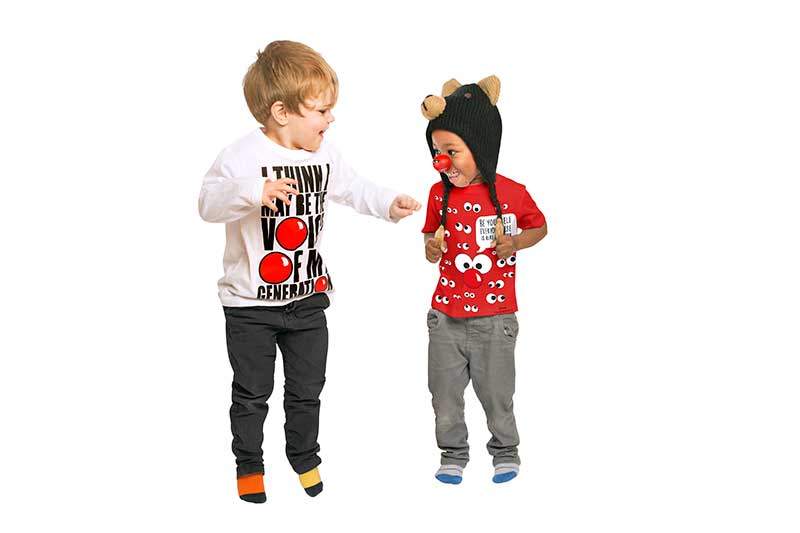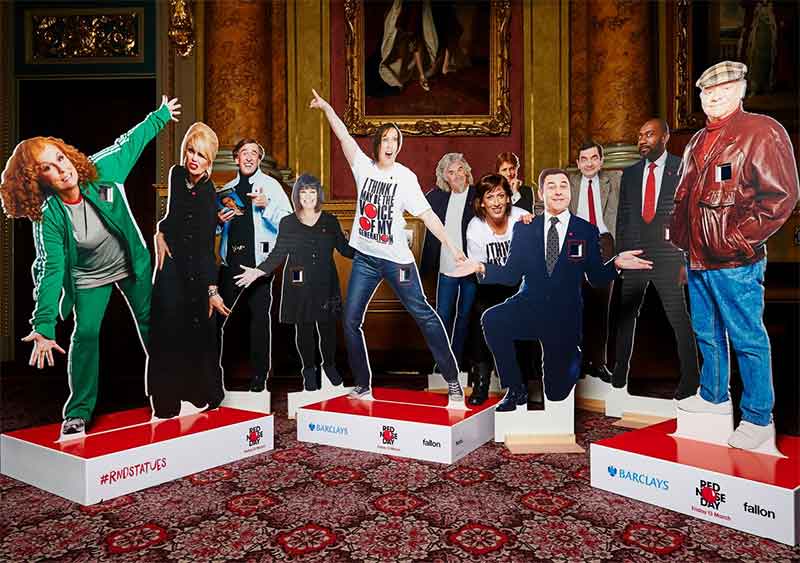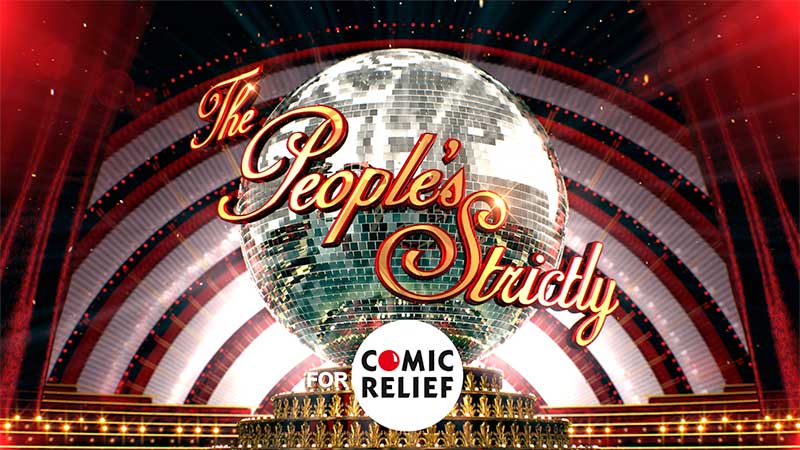10 insights we can learn from Comic Relief
It’s that time of year again, when we paint the town red and we sit tight and enjoy another fantastic emotional rollercoaster of TV viewing.
So after 27 years, what have we learnt? What can we adapt? How can our causes ride the emotional wave to success?
So here are 10 take-outs.
Evolving, reenergising and reinventing
From the lowly Red Nose Day raising £15m in 1988 to the incredible £100m in 2013, Comic Relief is the gift that just keeps on giving. It could not have done it without evolving, diversifying and reinventing itself each time. It is easy to have “cash cow” events and fundraising campaigns which start to go off the boil because they have not been refreshed and revived on the way.
It is often thought that the introduction of regular giving was the last transformational event in individual fundraising, perhaps it too now needs evolving and reinventing.
Using celebs
So Comic Relief do have a bit of an advantage here! But they make them work. They get them to do epic challenges, see for themselves the dire conditions of people living in poverty or people dealing with personal crises. And as such, we admire them for it, no rent a celeb here. Getting that real connection with the cause is critical.
Advertisement
Using sub brands
Always a challenging topic, to have or not to have. Sport Relief has done well and attracted a new audience. In 2014 it raised over £71m. There are many considerations when going the sub brand route. There has to be a strong parent brand to start with and a defined commercial benefit which avoids cannibalisation for starters.
Going the extra nautical mile
They have tapped into the popularity of extreme sports, making sure each marathon, triathlon or other thon is no ordinary one, each having an extra twist. Epic challenges are definitely popular and probably easier to fundraise for. 5k maybe a personal best but rowing the Mississippi requires more commitment and as such is an easier ask to make.
What fresh thinking can we bring to each event?
Recruiting the next generation of donors

Comic Relief involves the next generation of donors. Photo: Gary Moyes
Blue Peter does a great job at getting children to take part in fundraising activities. It also encourages the adults to consider charities too.
Many years ago NDCS had a Blue Peter appeal and five years after, they noticed their legacy income had shot up. The appeal was the only major activity with such a widespread audience.
So Comic Relief is sailing in the Blue Peter wake, encouraging school children to get involved and encouraging pester power at the checkout.
Making the most of visual assets
[youtube height=”450″ width=”800″]https://www.youtube.com/watch?v=gi5iBlr1pT4[/youtube]
Of course, TV is the most visual and emotive medium. This year Comic Relief has done a great introductory video online. Film is now so much easier to produce and is a really accessible way to show the charity’s work, particularly if the programme work is not in the UK. As they say, a picture speaks a thousand words and a well edited film can be so moving.
Charities are spending more each year on TV. Last Christmas over 30 charities were on TV, ranging from the heavy direct media spenders of Save the Children and The Salvation Army and PDSA launching a new brand to the other end of the scale, tiny one off (one suspects) campaigns. However, there were a healthy number in the middle, making the most of the Christmas responsiveness.
Pioneering news ways to give

Miranda Hart and Comic Relief’s Red Nose Day Statues. Photo: Ray Burmiston
Comic Relief has trail blazed in many different ways. It was instrumental in getting the costs of PSMS texts reduced, and now it is a valuable and easy method of payment. It has become an integral part of two step donor recruitment particularly for outdoor posters and DRTV. This year, it moved on again with larger than life replicas of celebs in city centres. Each statue provided the opportunity for the general public to make a donation by contactless card.
Latest stats from the UK Cards Association show that £2.3 billion transactions were done via contactless cards in 2014, treble the number from the previous year. There are 58m cards in circulation and the average transaction is £8.26. In October, the maximum transaction will increase to £30. This is a trend which is set to grow and grow.
Cancer Research UK has already piloted contactless in a handful of shop windows. This is another opportunity to reduce friction and make giving easier.
Being transparent
Comic Relief had to change its investment policy last year to bring it in line with the charity’s core values as a result of a Panorama investigation, which highlighted past investments in arms, alcohol and tobacco. It served as a reminder for the need to make sure commercial actions were in line with a charity’s core values.
Having a clear proposition
At the end of this year’s film online, it clearly spells out what Comic Relief is about:
• Changing lives
• Saving lives
• Making lives count
Sometimes having a clear proposition seems the hardest thing for charities to get right.
Overwhelmed by so many good things to say, so many stakeholders to please, fundraising communications become dromedaries and not thorough bred horses.
Giving Feedback
Finally the charity is good at giving feedback on what funds have been raised, what has been done with the funds and giving recognition to supporters.
The #RedPlaque is here to recognise UK projects we support ft. quotes from #DavidTennant http://t.co/YuyK8kYXj2 (1/2) pic.twitter.com/yVFMujxyMA
— Comic Relief (@comicrelief) February 16, 2015
So I am off to buy a stylish T shirt and get the curries in for Friday, 13 March!
Gail Cookson is Fundraising Director at WPN Chameleon, whose highly talented team of 55 people operates across all areas of digital, direct marketing and DRTV. We work with a wide range of charities and commercial organisations.




